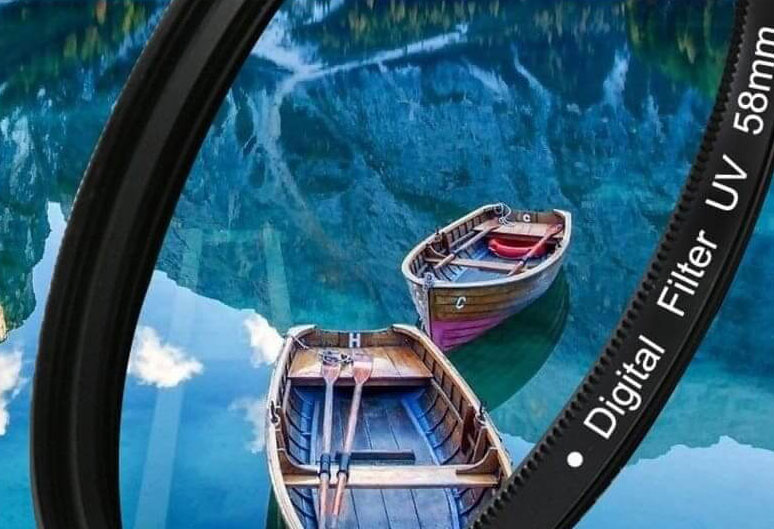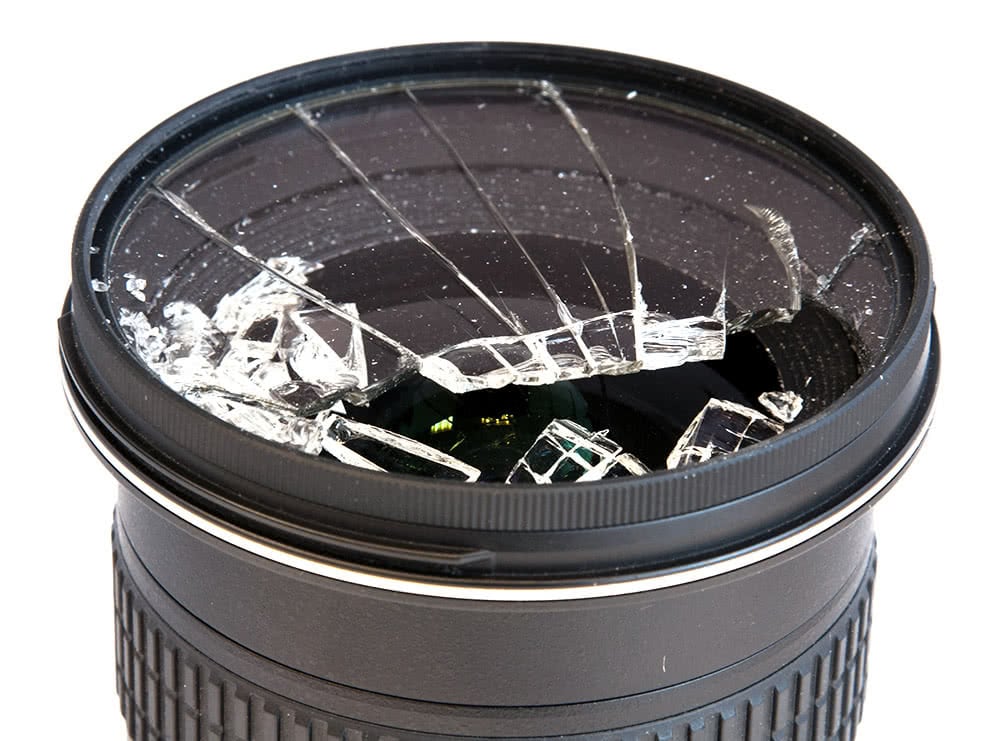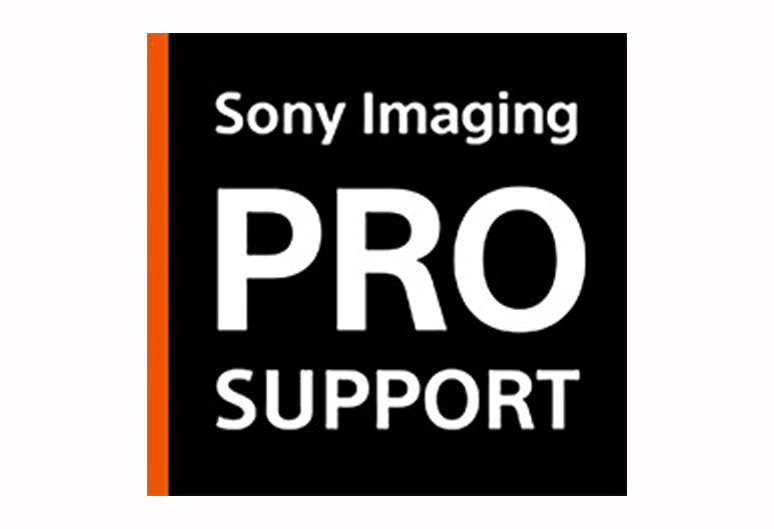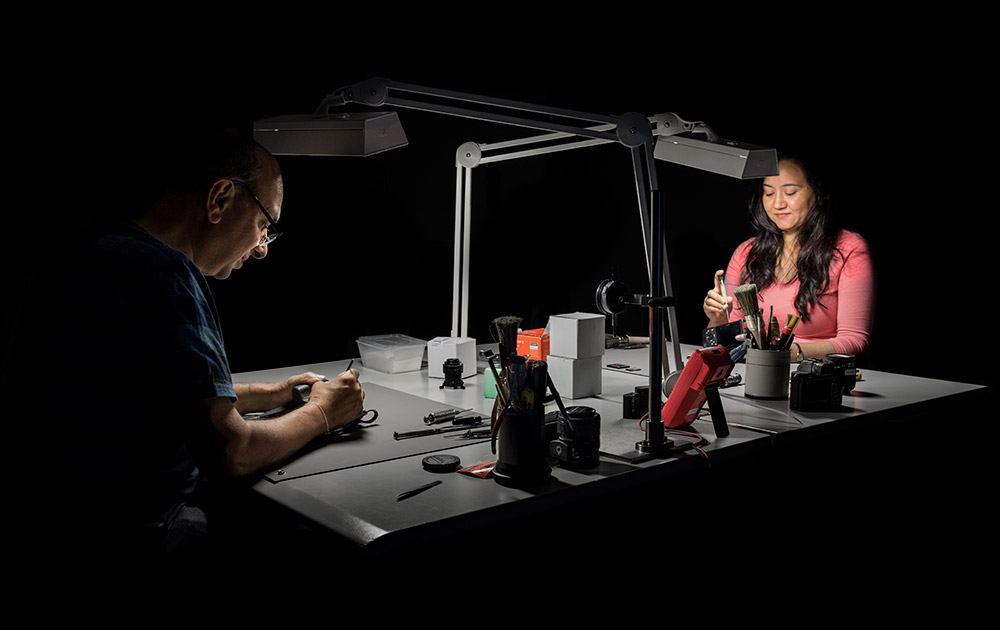“Did you know that Apple have over 800 people working on the iPhone’s camera alone?” says Peter Dazeley as I arrive at his Chelsea studio complex to discuss his latest work.
I admit that I didn’t as he continues, “And at the same time, Kodak have just launched a smartphone! They could have been the new Apple if they’d have pulled their finger out years ago!”
I’m meeting Dazeley to discuss the launch of his new book, London Theatres, and to see what he’s been up to since we last spoke.
 © Peter Dazeley 2017
© Peter Dazeley 2017
After being awarded the British Empire Medal in the 2017 New Year’s Honours list for services to photography and charity, you might expect him to cut down his workload and reflect on his remarkable career to date as a fine art and advertising photographer. But no – he’s as busy as ever, having spent the last few months putting the finishing touches on the book, alongside a busy shooting schedule for Getty.
I was lucky enough to flick through an advanced copy of the book, a beautifully presented piece written by leading theatre critic Michael Coveney with all photographs courtesy of Dazeley and an inspiring foreword by the Oscar winning Mark Rylance.
London Theatres neatly completes a natural trilogy alongside his previous works Unseen London (2014) and London Uncovered (2016). The book invites the reader on a tour of forty-six London theatres, with stories of the architecture, the staging and the productions that have defined each one.
 Theatre Royal Stratford East | © Peter Dazeley 2017
Theatre Royal Stratford East | © Peter Dazeley 2017
How do you approach a project like this? Was the book your idea?
No, the first two books were my ideas that I took to a publisher. In fact the first book (Unseen London), I originally envisaged purely as a book of photographs but the publisher felt it needed a narrative, and actually the writer did a fantastic job and brought the book to life. It was very successful, but there was a bit of a reaction because many of the places featured were inaccessible to the public, so I hit on the idea of the second book (London Uncovered), which featured readily accessible places. We also made a point of featuring information about each place in the book – website addresses, opening hours, etc.
The idea for London Theatres actually came from the sales team at the publishers. There was a book on theatres years ago and they were keen to produce an updated version. I managed to get hold of a copy of this old book and I felt I could shoot these theatres and do them justice, so I signed up to do the book and the publishers approached Michael Coveney, a long-time theatre reviewer, who did a wonderful job on the text.
 Regents Park Open Air Theatre | © Peter Dazeley 2017
Regents Park Open Air Theatre | © Peter Dazeley 2017
The nice thing about it for me was that for the first two books I’d already photographed maybe half a dozen theatres, and while shooting these, the staff had a lot of recommendations as to other theatres that would be great to feature, and it snowballed from there. A few places weren’t that keen initially, but once we’d explained the concept to them and shown them the work so far, they were quickly on board.
 Donmar Theatre | © Peter Dazeley 2017
Donmar Theatre | © Peter Dazeley 2017
[gdlr_quote align=”center” ]
One of the most amazing things about the book was getting Sir Mark Rylance to write the foreword. I’d have been grateful for two paragraphs, but he’s written about 1500 beautiful words about the interaction between the artist and the space, the audience and the theatre. He’s obviously very passionate about theatre and I’m so pleased he set aside the time to write it; he must be one of the busiest actors we have these days.
[/gdlr_quote]
 Shakespeare’s Globe Theatre | © Peter Dazeley 2017
Shakespeare’s Globe Theatre | © Peter Dazeley 2017
It’s nice to see a lot of behind the scenes shots too, rather than just the auditoriums.
Yes, it was a very conscious decision not to produce a book of photographs showing endless red seats. I’m a lover of the theatre, but I think most people will go and see a show without really taking into account what the actual place looks like. Every time I visited a location I tried to have an open mind, to see what I could find that was different or unusual. Sometimes it was tricky; most of the theatres were busy with rehearsals during the day but I was able to get in very early in the morning and get the shots I needed.
Part of trying to keep the individuality of the theatres meant photographing above the stage, below stage, backstage, dressing rooms, fly floors; anything I could find that was different.
How long did the project take to shoot?
I guess about 9 months in total, shooting on and off when I was able to get access to the locations. Sometimes I’d shoot 2 or 3 in quick succession and then nothing for a few weeks.
What equipment did you shoot with?
My camera of choice for this kind of work has been my trusty Nikon D810 which I absolutely love. Some of the locations were very poorly lit but I was able to shoot up to 30s exposures with no problems whatsoever. The way it deals with mixed lighting is also very impressive. When I think back to my days of shooting film, a project like this would have been a nightmare!
 Wyndham’s Theatre | © Peter Dazeley 2017
Wyndham’s Theatre | © Peter Dazeley 2017
One thing that strikes me is your attention to detail, especially in the symmetry of some of the shots.
(Laughs), I try and shoot with spirit levels as often as possible, but in those situations that I can’t, I know that I can make small corrections in post-production. I still find it incredible the way you can pull apart a RAW file from the D810 and put it back together without losing anything.
 Royal Opera House | © Peter Dazeley 2017
Royal Opera House | © Peter Dazeley 2017
There must have been some particularly memorable locations you visited?
(Flicking through the book), to be honest I enjoyed them all for different reasons. Take this one for example (Wilton’s Music Hall) – places like this shouldn’t exist any more but I’m extremely glad it does. It’s been restored, but very sympathetically and they’ve kept lots of the original brickwork. It’s still a working theatre and still giving people a lot of pleasure.
 Wilton’s Music Hall | © Peter Dazeley 2017
Wilton’s Music Hall | © Peter Dazeley 2017
St. Martin’s Theatre too, probably one of my favourite theatres in London; such a beautiful building. My publisher was keen to show some exterior shots of some of the locations, something I wasn’t particularly keen on, but on this occasion, I was actually going to the theatre one evening with my daughter and had the foresight to take my camera and tripod along. I’m rather pleased I did! Here’s another interesting one, the New Wimbledon Theatre; they had to remove the globe from the top of it during WW2 because the Luftwaffe were aiming for it to find their way into London!
 The Mousetrap at St Martin’s Theatre| © Peter Dazeley 2017
The Mousetrap at St Martin’s Theatre| © Peter Dazeley 2017
London Theatres is available now from all good bookshops and can be found online here
To see more of Dazeley’s work, visit his website www.peterdazeley.com
Dazeley was speaking to Tim Stavrinou.

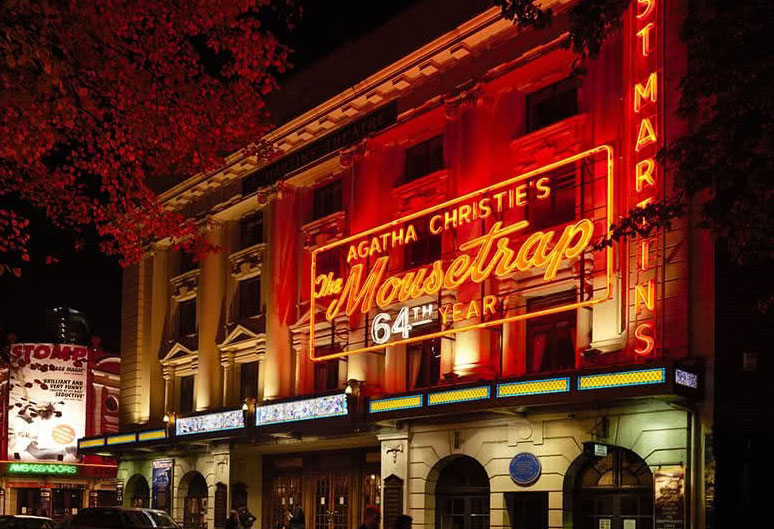
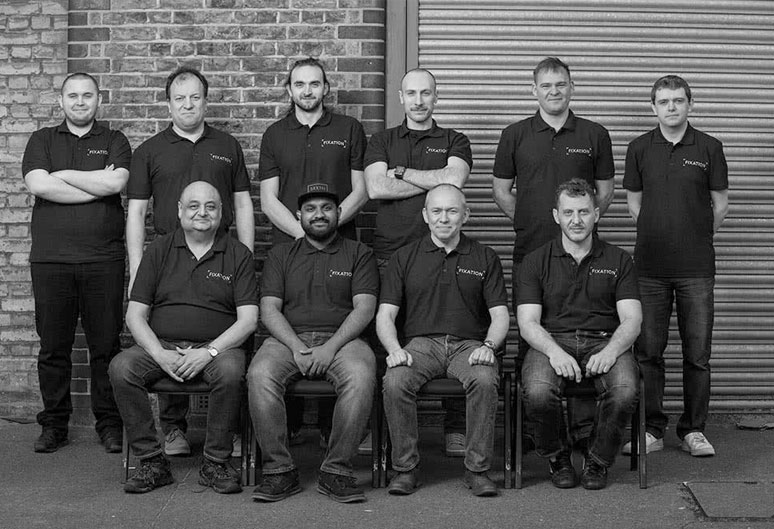

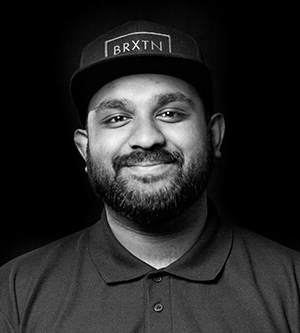 Arison
Arison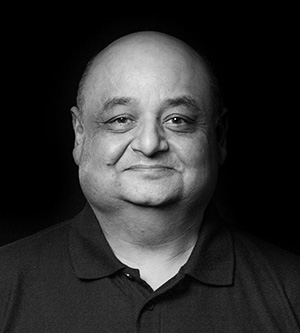
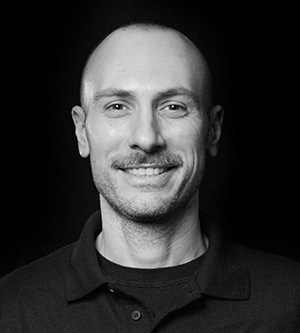 Luigi
Luigi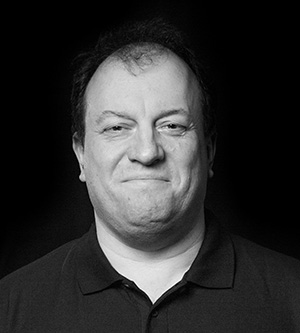 Aleksejs
Aleksejs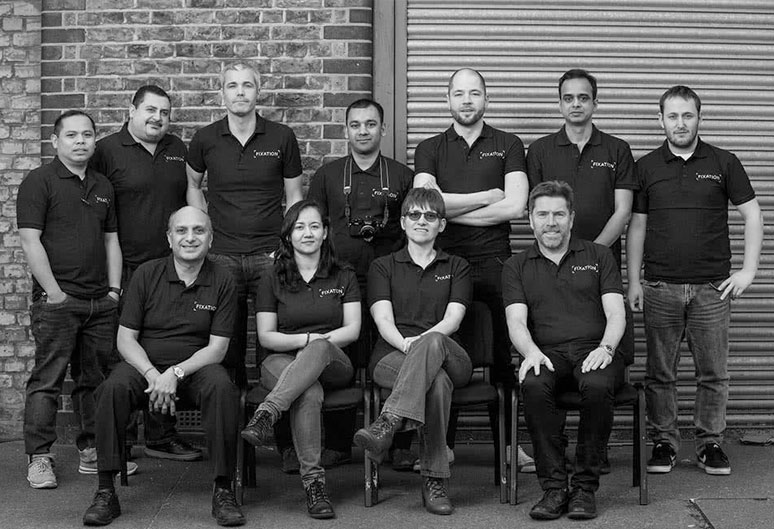

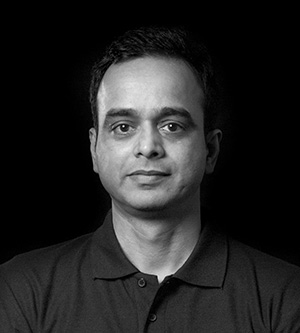 Sunny
Sunny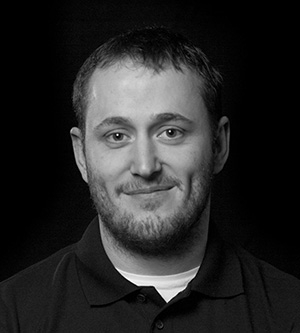
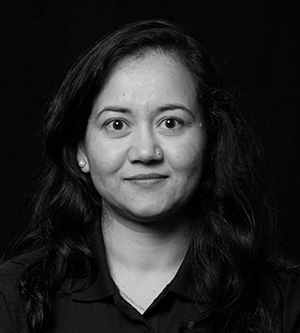 Pabita
Pabita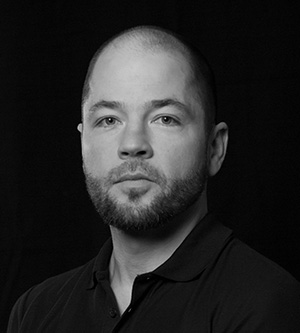 Tom
Tom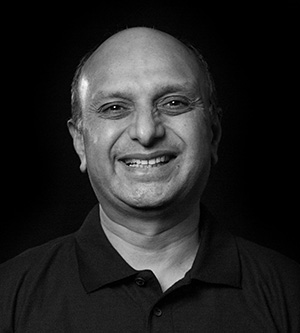 Jay
Jay John-Jay
John-Jay